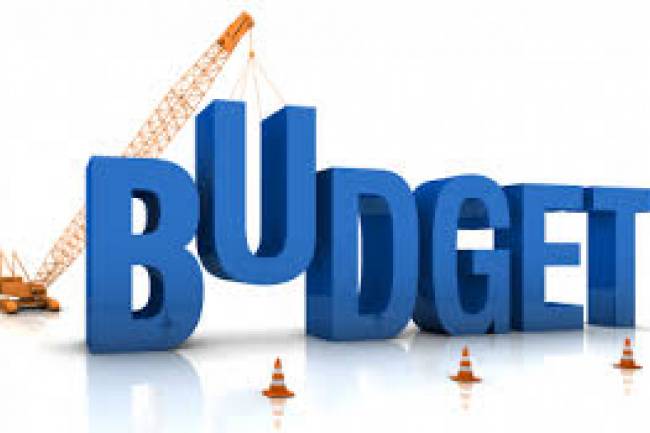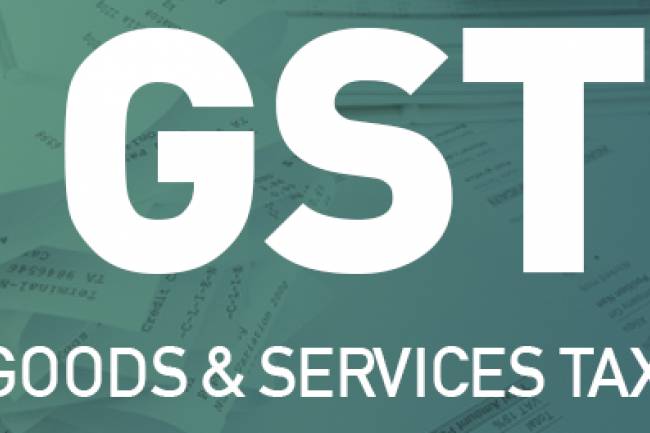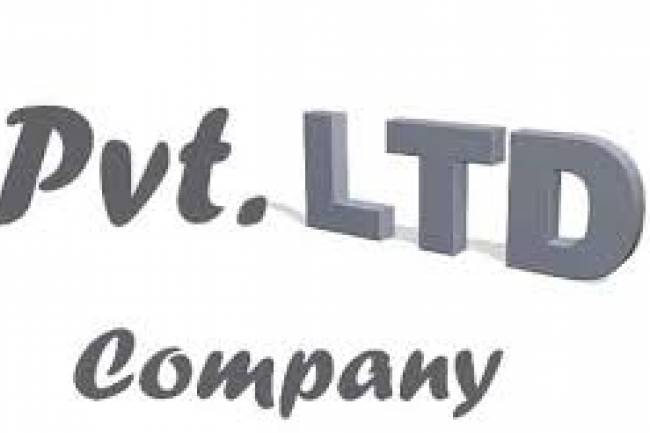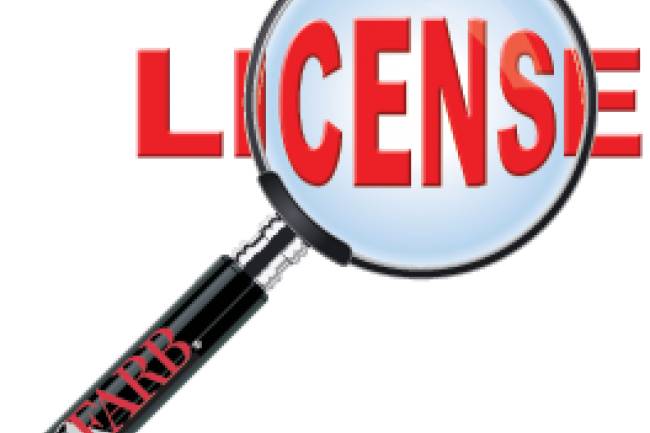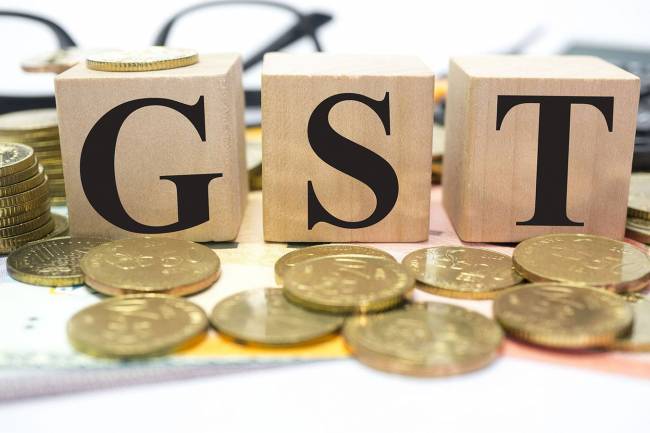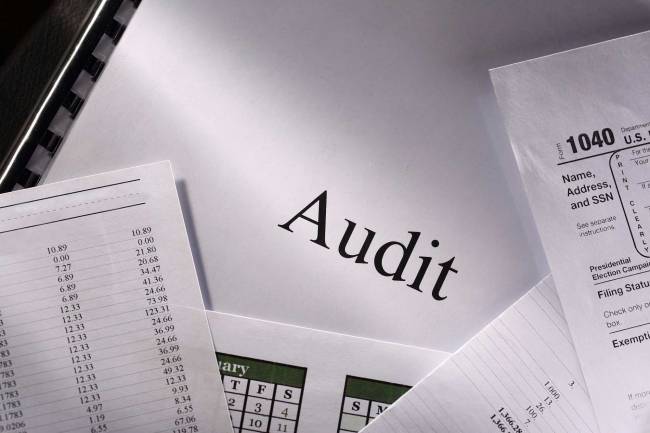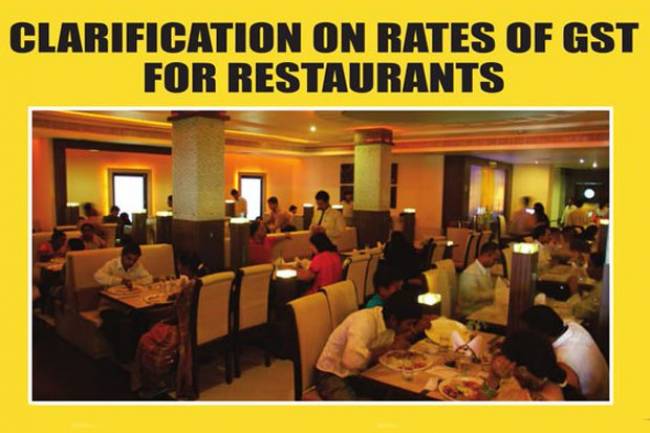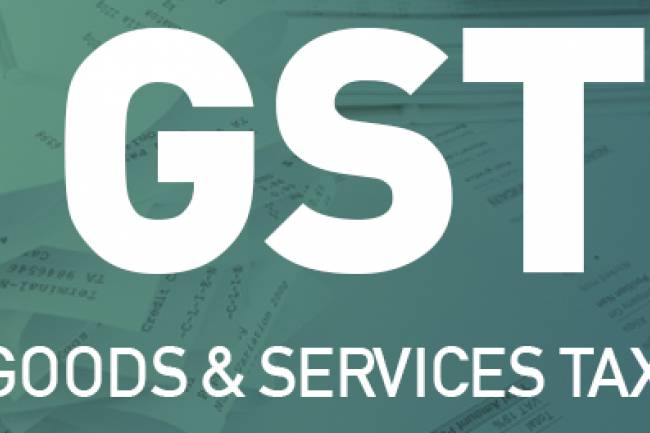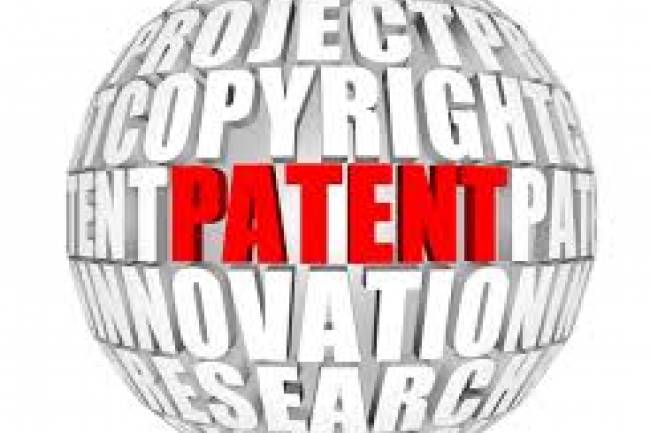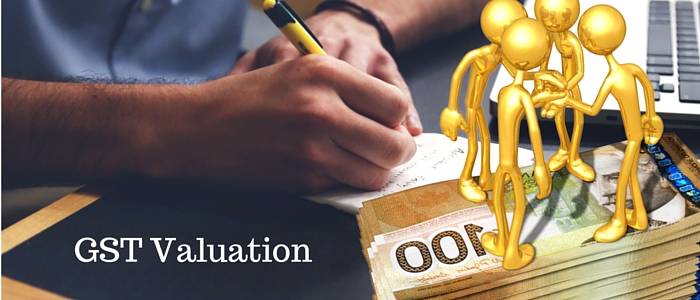
Everything about Valuation rules of Goods and Services (GST) under GST Law!
1.0 Introduction
Valuation is a standout amongst the most vital and quarrelsome ideas under the law. Under present roundabout laws, regardless of whether it is VAT, benefit duty, extract or some other law, valuation is the center since it is connected with the income of the legislature straightforwardly, whatever is the valuation, and the assessment rate will be connected upon it. It is that figure which government needs it to be at higher side and the assessee needs it to be on a lower side and that is the place the question happens.
Under GST administration, valuation depends on the exchange as in the past laws. Be that as it may, if there should arise an occurrence of exchange esteem isn't acknowledged then we need to allude the guidelines for the right valuation. Thusly, we have to peruse and assess each critical expression of the segment and the law. Give us a chance to move rapidly on the valuation part and dissect it top to bottom.
2.0 Value of assessable supply
1. The estimation of a supply of merchandise and additionally benefits might be the exchange esteem [in fiscal terms], that is the cost really paid or payable for the said supply of products as well as administrations where the provider and the beneficiary of the supply are not related and the cost is the sole thought for the supply.
Further, where the supply comprises of both assessable and non-assessable supply, the assessable supply might be regarded to be for such piece of the fiscal thought as is inferable thereto.
Essential focuses
(a) The conditions that provider and the beneficiary of the supply are not related and the cost is the sole thought for the supply must be fulfilled together, on the grounds that word 'and' has been utilized as a part of the point no.1.
(b) From the plain perusing of the segment, we can watch that estimation of a supply of merchandise and additionally benefits should be the exchange esteem just where two suspicions are fulfilled. The two presumptions are as under;
Provider and the beneficiary of the supply are not related;
Cost is the sole thought.
3.0 Supplier and the beneficiary of the supply are not related;
1. In the event that the provider and the beneficiary of the supply are connected, at that point the estimation of supply might be ascertained according to the govern 4, 5 and 6.
Imperative Points
(a) Rules ought to be connected in a succession.
(b) Under govern 4, the estimation of comparatives is taken as the base for valuation.
(c) Under govern 5, registered esteem strategy is taken after
(d) Rule 6 is the lingering technique.
2. The exchange esteem might be acknowledged even where the provider and the beneficiary of supply are connected, given that the relationship has not affected the cost.
Who are called "related people"?
People should be esteemed to be "connected people'' if just -
(a) They are officers or chiefs of each other's organizations
(b) They are lawfully perceived accomplices in business; [e.g. association, LLP, Joint Ventures].
(c) They are boss and worker;
(d) Any individual straightforwardly or in a roundabout way possesses, controls or holds twenty-five percent or a greater amount of the exceptional voting stock or offers of them two;
(e) One of them straightforwardly or in a roundabout way controls the other;
(f) Both of them are straightforwardly or in a roundabout way controlled by a third individual;
(g) Together they straightforwardly or in a roundabout way control a third individual; or
(h) They are individuals from a similar family;
Imperative Case considers in this issue
1. The meaning of 'related individual' requires commonality of enthusiasm for the business to be demonstrated [UOI v. Atic businesses Ltd. 1984 (17) E.L.T 323 (SC].
2. In the event that one of the chiefs of the purchaser organization is additionally executive of the assembling organization, it can't be said that they have a shared enthusiasm for the business [Jay Engg. Works. Ltd v. UOI 1981 (8) E.L.T 284 (Del)
3. A breaking point organization can't have circuitous interests in the business conveyed by one of its investors [Collector v. T.I. Mill operator Ltd 1988 (35) E.L.T 8 (SC)].
4. Only in light of the fact that merchandise are made with client's image name and whole creation sold to the client does not imply that deals are to related individual [Ceam Electronics P. Ltd v. UOI 1991 (51) E.L.T 309 (Bom)].
5. At the point when 90% of the merchandise are sold to the distributer and just 10% to the related individual, the assessable esteem will be the value charged to discount merchants [Kirloskar Cummins Ltd v. UOI 1991 (51) E.L.T 325 (Bom)].
6. Essential Case Law: Price to the purchaser won't be the typical cost with the end goal of valuation if the purchaser is a related individual and cost isn't the sole thought available to be purchased. Both the conditions must exist together so the cost at which made merchandise are sold by the assessee to the purchaser is taken as the incentive for motivation behind appraisal of obligation.
[In different words, cost to the purchaser can be considered for valuation just when both the conditions - (a) the purchaser isn't a related individual and (b) cost is the sole thought - are satisfied] [Calcutta Chromotype Ltd. v. CCE 1998 AIR SCW 1379].
4.0 Price is the sole thought
1. The exchange esteem might be acknowledged if the cost is the sole thought. At the end of the day, what is gotten or what is to be gotten should just be the value paid or payable to the provider. No other thought in any frame ought to be payable for the supply.
2. On the off chance that the cost isn't the sole thought for the supply, at that point the valuation might be done as per the tenets.
Some essential contextual investigations when cost isn't the sole thought
On the off chance that any purchaser supply to the vender materials, segments, parts and comparable things or devices including bites the dust, molds, pressing material and so on specifically or in a roundabout way, free or at diminished cost, at that point cost might not be a sole thought and subsequently valuation should be made as per the guidelines.
In HBL Aircraft Batteries v. CCE 2004 AIR SCW 3275 = 167 ELT 483 (SC), it was held that the cost of material provided by purchaser ought to be at the cost at which he gets the material and not at showcase cost
Imperative: the instance of fiat India by Supreme Court of India
The points of interest of CCE v. Fiat India (P) Ltd. [2012] 283 ELT 161 (SC) are here as under;
Brief Facts: Assessees are the maker of engine autos, i.e. Fiat Uno show autos. The assessees have documented a few value presentations, proclaiming discount cost of their autos available to be purchased through discount stations.
On examination, the focal extract specialists express that they had by all appearances found that the discount cost pronounced by the assessees is considerably less than the cost of generation and, in this way, the value so announced by them couldn't be dealt with as a typical cost with the end goal of evaluation of assessable incentive under Section 4(1)(a) of the Act and for impose of extract obligation as it would add up to short installment of obligation.
The assessee said that the fundamental explanation for offering the autos at the lower cost was to enter the market, in this way, the cost at which they were offering the Cars in the market ought to be thought to be a typical cost according to Section 4 of the Act.
Judgment: Supreme Court held that where items are sold at significant misfortunes for an unduly drawn out stretch of time with the end goal of market infiltration, the exchange esteem can't be acknowledged with the end goal of require of extract obligation and cost couldn't be said to be a sole thought.
Investigation: With all due regard to the Supreme Court of India, the judgment was not sound and was not conveyed in consonance with the valuation leads under extract law. This was the explanation behind the correction to make the judgment incapable by adding stipulation to manage 6 which states as under;
"On the off chance that an assessee deal underneath assembling expense and benefit however there is no extra thought streaming specifically or in a roundabout way from purchaser to assessee, the exchange esteem should be the assessable esteem stipulation to govern 6 of Central Excise Valuation (Determination of Price of Excisable Goods) Rules, 2000 w.e.f. 11/07/2014.
In this manner, regardless of whether assessee deals beneath his assembling cost, the exchange esteem can be dismissed as 'esteem' just if some extra thought is spilling out of purchaser to assessee.
Effect of this judgment under GST Law
This judgment might have the immediate effect on the valuation until and unless the comparable stipulation is included under GST law. Since if any provider supplies products/administrations at a cost underneath the assembling expense to enter the market, at that point according to the incomparable court judgment, the cost should not remain the sole thought and consequently, the exchange might not be acknowledged and valuation might be made as per the principles.
Conclusion
Valuation is one of the trickiest things under Goods and Services Tax (GST). Consequently, questions, complexities are colossal under this idea.
Visit HireCA.com Now
